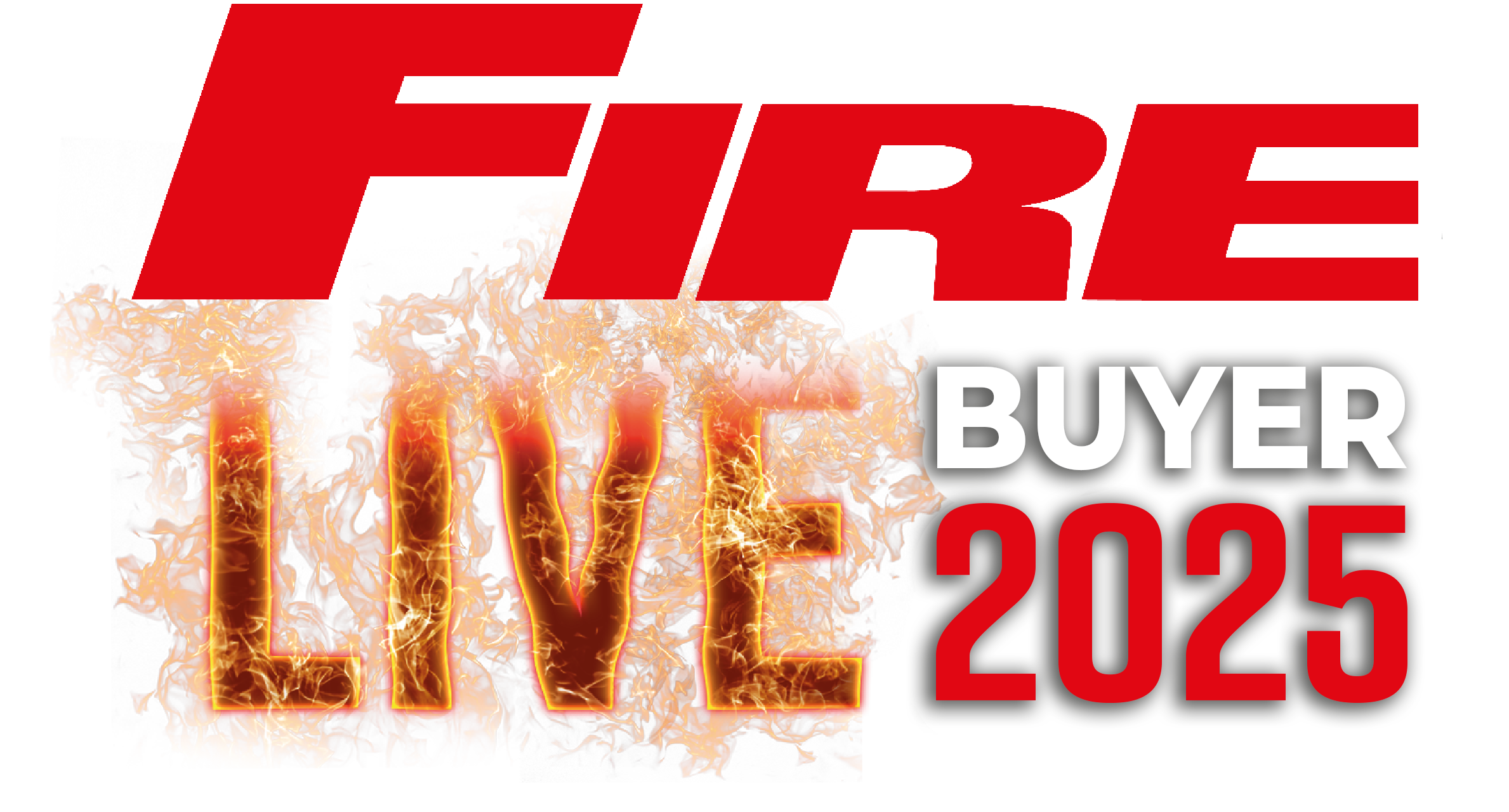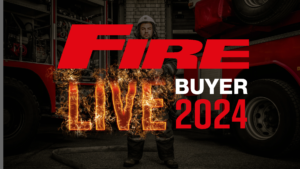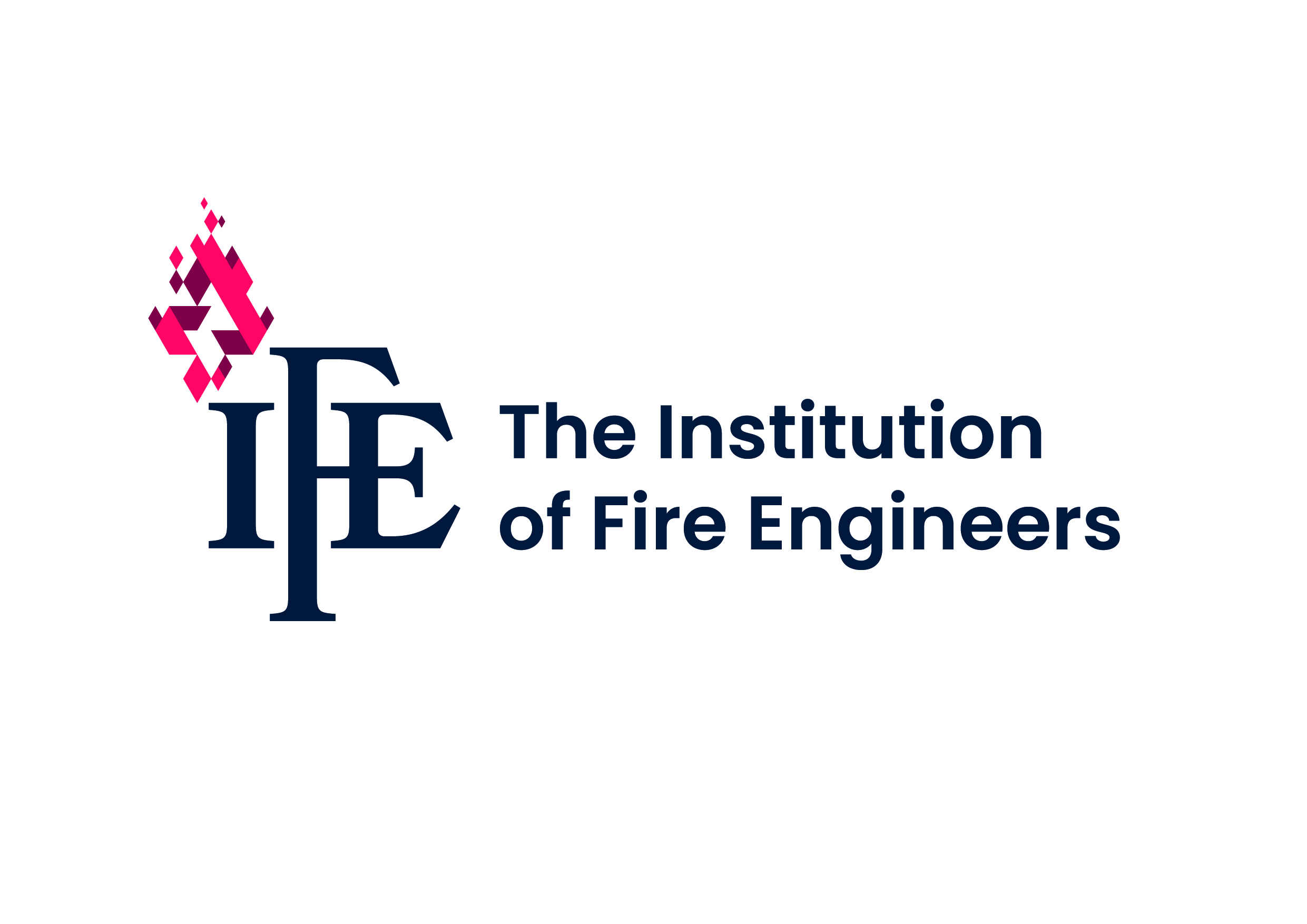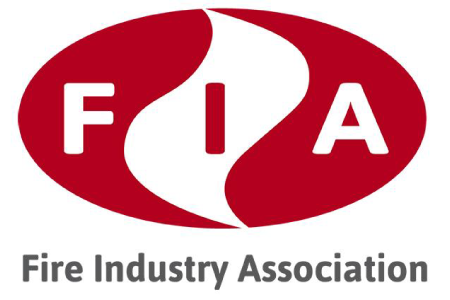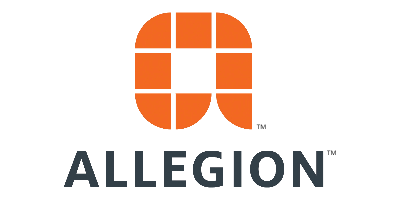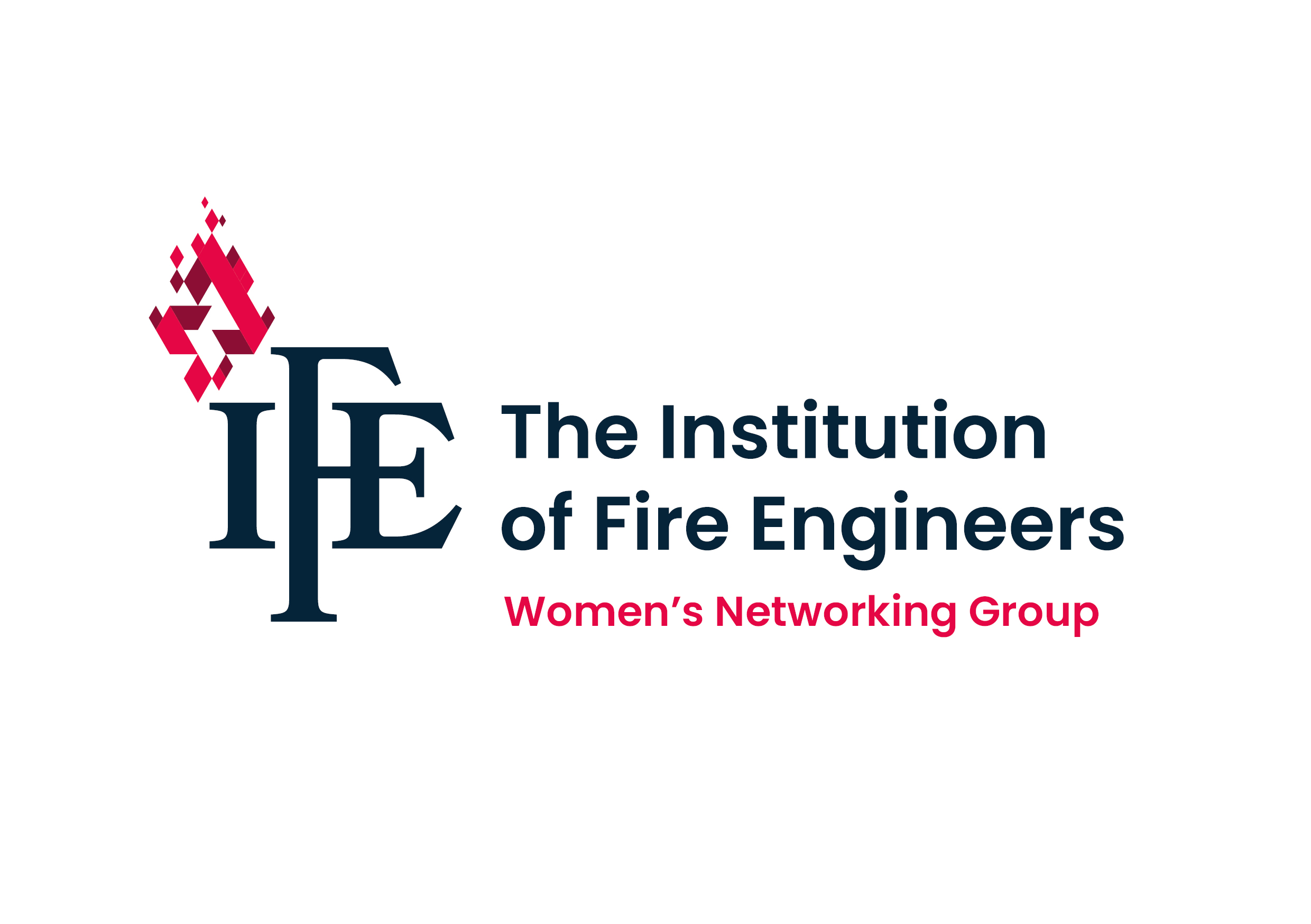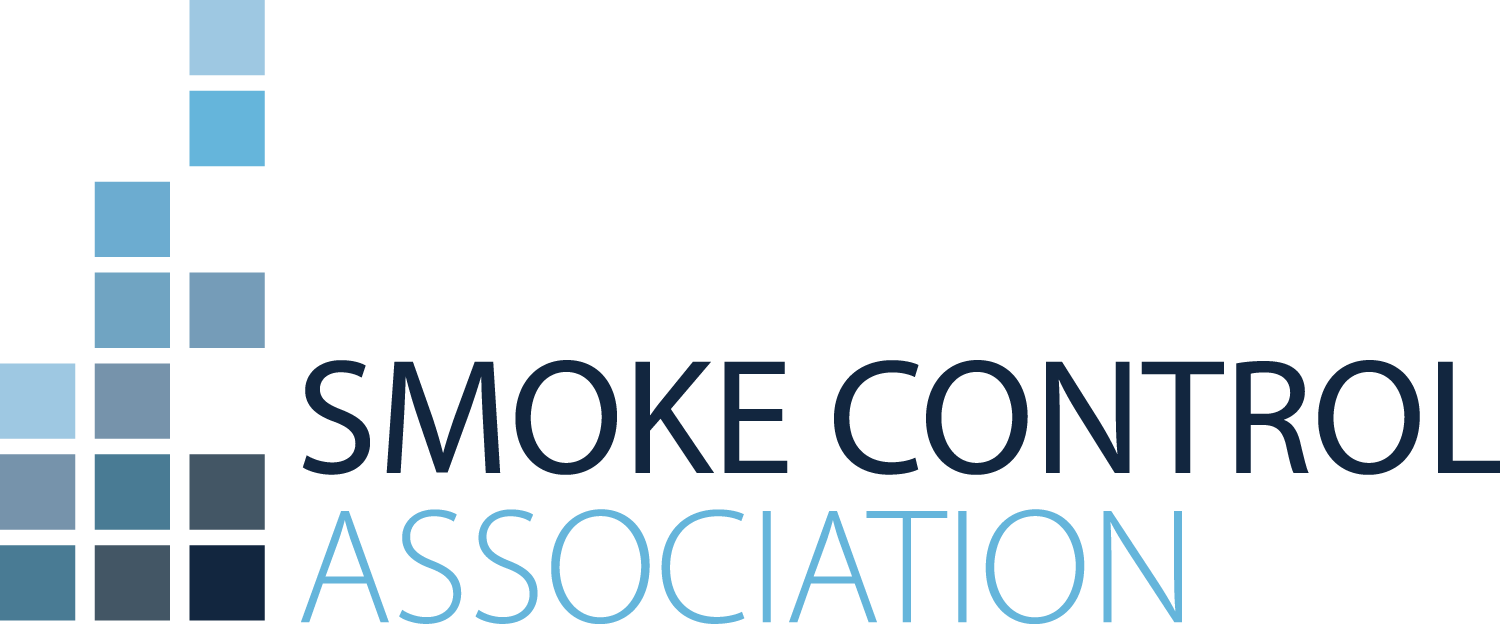 Jim Pauley, President and CEO for the National Fire Protection Association (NFPA) discusses the changing world of standards and regulations
Jim Pauley, President and CEO for the National Fire Protection Association (NFPA) discusses the changing world of standards and regulations
A couple of years ago, I was reading the New York Times when I stumbled upon an op ed entitled, The Joy of Standards – Life is a Lot Easier When You Can Plug into Any Socket. The piece espoused the benefits of private, non-governmental organisations facilitating the development of standards that impact everything around us. It pointed to the role that standards play in electrical plugs fitting into any socket, smartphone connectivity to Bluetooth, and the dimensions of a concrete block. It highlighted how a standard laptop incorporates more than 250 standards.
As the leader of a standards development organisation (SDO), I don’t have to tell you how thrilled I was to read an article like that in The Times.
I am extremely proud of the work we do as an SDO and of the entire standards system. The NFPA standards development process is one of the most long standing and successful public-private partnerships on record – it dates back to 1896.
NFPA facilitates the development of more than 325 health and safety standards that provide benchmarks for building and life safety, electrical systems, fire protection, emergency response, industry, worker safety, inspection testing and maintenance (ITM), code enforcement, and job performance, to name a few broad areas of focus. Designers, engineers, trade workers, manufacturers, insurance providers, consumers, regulatory agencies, enforcers, consultants, academics and emergency responders around the world rely on our guidance to do their jobs successfully. All NFPA codes and standards can be viewed online for free at www.nfpa.org/freeaccess.
There are more than 9,300 total volunteer seats available for NFPA standards development committees; 223 of those seats are filled by international volunteers. However, the number of global stakeholders participating on technical committees is lower when you consider that many volunteers sit on multiple committees. Currently, there are 157 global contributors from 42 countries involved in the NFPA standards development process. While we are grateful for any level of participation from international subject matter experts, safety is further advanced around the world when there is broad representation. These numbers translate to less than 2% representation from countries outside of the United States. We all should strive to do better to incorporate more global insights into NFPA standards. Afterall, one of the key reasons that NFPA codes and standards are popular all over the world is because they are up-to-date and reflect different insights.
Every interest area has a seat at the NFPA standards development table – and every voice matters. Bear in mind, involvement with NFPA standards is not strictly limited to committee work. Anyone, anywhere in the world can make inputs and comments on our standards transparently and electronically via our website.
Government and users around the globe appreciate the current NFPA code development system. They recognise that the process has worked for 125 years and results in high quality standards. Internationally, NFPA works with national standard bodies to ensure that stakeholders in various countries have access to the most up to date versions of standards, in language, at a reasonable price. Using recent standards ensures the benefit of the latest research, technologies and learnings from tragedies.
Can you imagine if there were no codes and standards? What is at stake? What if there were no standards for chemical processing or for safe electrical installation? How many injuries and deaths would there be? What about fire codes that dictate the number of exits in a building, or adequate fire detection and suppression? What about standards for personal protective equipment to reduce harmful exposure to our first responders? I’m sure you have examples in your mind right now from where you sit.
In addition to facilitating the codes and standards developing process, NFPA continues to innovate around ways to deliver more information and to diversify the tools and resources that we offer. After more than a century as a building, fire, and life safety authority, we understand that today those who rely on our information to do their jobs, need more than just the codes and they need it in a variety of ways. So, we offer training, public education materials, and sought-after content. We work hard to raise awareness of safety practices, fire sprinklers, and wildfire preparedness. We generate world-renown research, tackle emerging issues head on, and help inform policy makers. We don’t just react to tragedy; we anticipate the needs brought on by new technologies and innovation that require safety practices. We ensure there is robust discussion amongst those who devote time to the standards process or that share our mission, and then we bring the guidance in our standards to life in ways that resonate with different audiences.
We also recognised in recent years that we need to be mindful of trends surrounding the use of codes and standards. Interestingly enough, we’ve learned that a physical book or a static digital version of a book is not the best means to help solve problems on a real-time basis. Today, people are not inclined to read a code or standard cover to cover. Instead, they want information faster via phones, tablets, and laptops; and with an easy- to-use interface. They want context and insights to help understand problems and develop solutions in real time.
To meet modern day demand, we introduced NFPA LiNK, our new digital content platform which allows NFPA to be more global and more connected to a broad range of professionals and practitioners. The first iteration of LiNK launched in September and by year end it will feature a complete collection of NFPA codes and standards. Moving into 2022, we will add existing translated content. When fully developed, LiNK will deliver intuitive, seamless, situation and code-based information on demand, as well as enhanced content to help stakeholders better understand safety benchmarks. As new editions of our codes and standards are released, LiNK subscriptions will be automatically updated. And as more in-language documents are added to LiNK, national standards bodies are encouraged to work on establishing administrative chapters in their countries so that stakeholders are aware of LiNK and the up-to-date access it offers to standards and related content.
LiNK features situation-based navigation so that users who are not well-versed in code books can find the information they need. It aggregates information across our codes and standards so users can understand everything that applies to a given situation. Users can add personal notations to codes and standards and as new editions are added, those notes will carry over. Colleagues can bookmark and share code sections and subsections too. NFPA LiNK is designed to deliver the same experience across any device: mobile, tablet, laptop, or desktop. It is about solving problems and was built with wide input and with various disciplines in mind. LiNK is the combination of critical codes and standards that are central to safety and offers the insights demanded by today’s professionals in a digital environment.
NFPA is using digital to take the next leap forward in delivery of content. It is revolutionising safety through better access to more robust information and is changing the codes and standards industry, as we know it. No matter where you work in the world, NFPA LiNK is a fantastic resource for reducing risk.
As we celebrate the 125th anniversary of NFPA this year, I can assure you that our organisation has no intention of slowing down or resting on our laurels. In fact, NFPA is much more relevant today than we were back in 1896. Whether it is the work we are doing to safeguard the standards development process as we know it, our work with national standards bodies in various countries around the world, or our efforts to serve present day practitioners via LiNK – we are committed to providing the information and knowledge that safety champions, like you, need to safeguard people and property.
It’s a Big World. Let’s Protect it Together. That’s not just a slogan, but a call to action.
